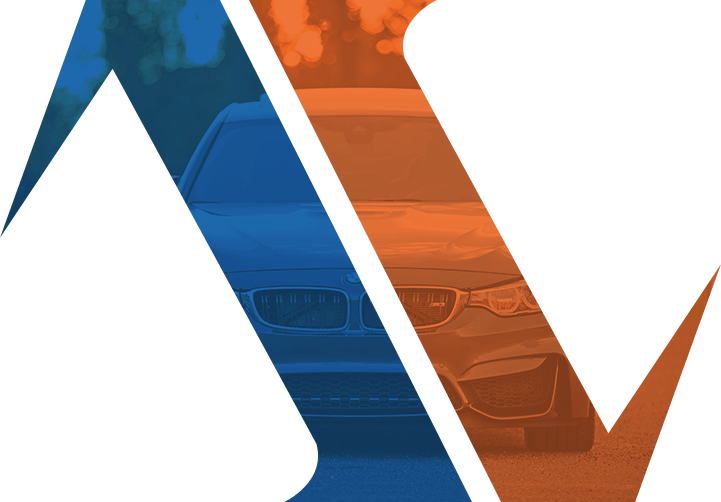

* Calculated for third-party liability (TPL) with prices from November 2025 – VW Polo from 2012, postal code 8932DP, born on 01-01-1980, 10,000 KM per year, and 10 claim-free years.
 Written by Michael van Sloten
Written by Michael van Sloten- Last edited 03-11-2025
- Average reading time: 15 minutes.
Car Insurance
Auto-Verzekering.net
Looking for good and affordable car insurance in the Netherlands? We understand that with the many providers, finding the best car insurance can be quite a challenge. Auto-Verzekering.net has listed the most well-known and top-rated car insurance providers, making car insurance comparison much easier. The car insurance policies are rated based on price, and we also display the average consumer rating, which is compiled from various other comparison websites. Of course, we also provide detailed reviews based on our own findings for each car insurance policy. This makes choosing your best car insurance much easier!
Check the table with the cheapest car insurance policies for Holland above and click on the insurer to calculate your premium. We cannot calculate your car insurance premium for you; this must be done directly with the insurer. For more information about the relevant car insurance, click on the "more info" button. Please note that this is only the basic third-party liability (TPL) premium without additional coverage, and that the cheapest car insurance is not always the best choice.
| General information about auto-verzekering.net | |
|---|---|
| Insurers | 8 |
| Cheapest | Centraal Beheer |
| Lowest premium | €19.88 |
| Articles | 26 |

The Car Insurance
Dutch and Belgian citizens (including expats, of course) who own a car are legally required to take out car insurance at all times. Whether you’ve just obtained your driver’s license or are an experienced driver with decades of driving experience: car insurance is mandatory for every car owner. There is a wide range of car insurance options available, offering something for everyone. In general, three types of car insurance are distinguished: third-party liability (WA), WA+ or Limited Comprehensive, and All Risk insurance. On this website, you’ll find more information about these car insurance types, and we will briefly discuss the pros and cons of each type. We’ll also provide more information about the so-called no-claim discount, so you’ll know exactly how it works if your car is unfortunately damaged.
Please note! It does not matter whether you speak Dutch or not — you are still required to have insurance. Be aware that many insurers do not provide English-language policies, so arranging a translation is useful to understand what your insurance covers.











